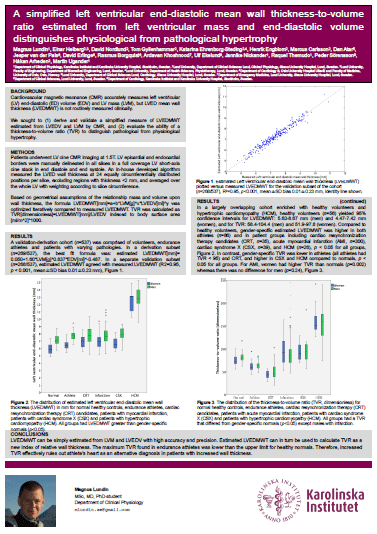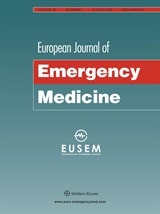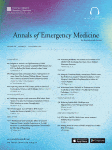A simplified left ventricular end-diastolic mean wall thickness-to-volume ratio estimated from left ventricular mass and end-diastolic volume distinguishes physiological from pathological hypertrophy
Left ventricular end-diastolic mean wall thickness (LVEDMWT) can be simply estimated from left ventricular mass and left ventricular end-diastolic volume with high accuracy and precision. Estimated LVEDMWT can in turn be used to calculate thickness-to-volume ratio (TVR) as a new index of relative wall thickness. The maximum TVR found in endurance athletes was lower than…


![Psychiatric diagnosis is scarce among gang-members [Swedish]](https://ardavan.se/wp-content/uploads/2018/07/LATI-1708-1NY.jpg)

![The fires in Malmö require national measures [Swedish]](https://ardavan.se/wp-content/uploads/2018/08/logo-og.png)



